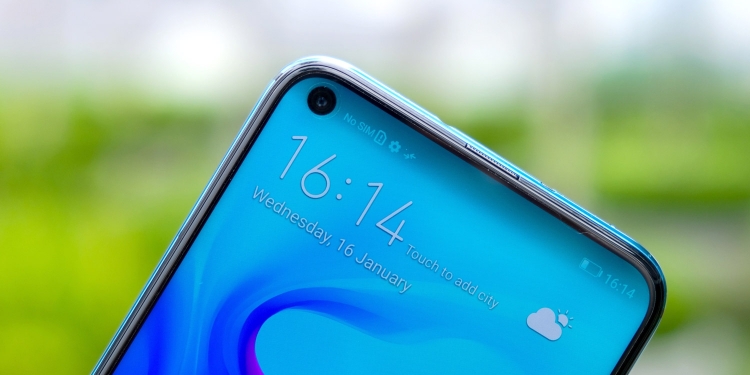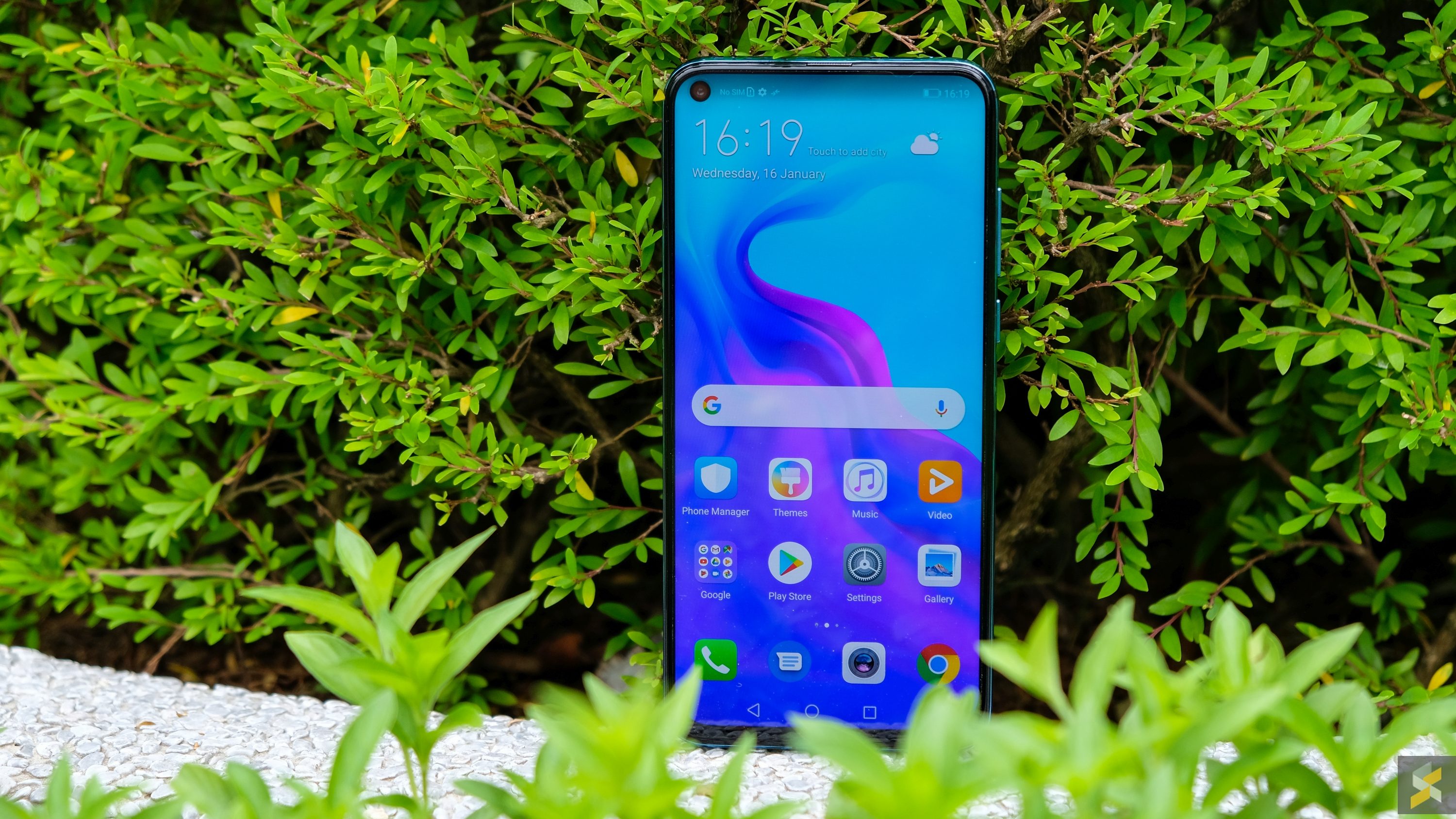
I guess this is it. The next generation of the dreaded “notch” is now this tiny camera cutout that lives in the top corner of your display which also kind of looks like a notification icon you can’t swipe away. Some call it the punch-hole display, but it doesn’t look like anyone has really decided on a name yet.
On the brand new Huawei Nova 4, which just launched in Malaysia today, they’re calling it the “Punch FullView display”. Oh boy.
In any case, this smartphone is a highly anticipated one, and it’s not hard to see why. The previous Nova 3 was a very solid smartphone for the money, so the new device actually has some big shoes to fill. Naturally, people are curious to see if this device can do it and this is where I come in.
Before we go any further, I would like to preface this with the fact that I really didn’t have a lot of one-on-one time with the Nova 4. That means, you should treat this article exactly as it is: A first impressions. OK, caveat out of the way, let’s get into it.
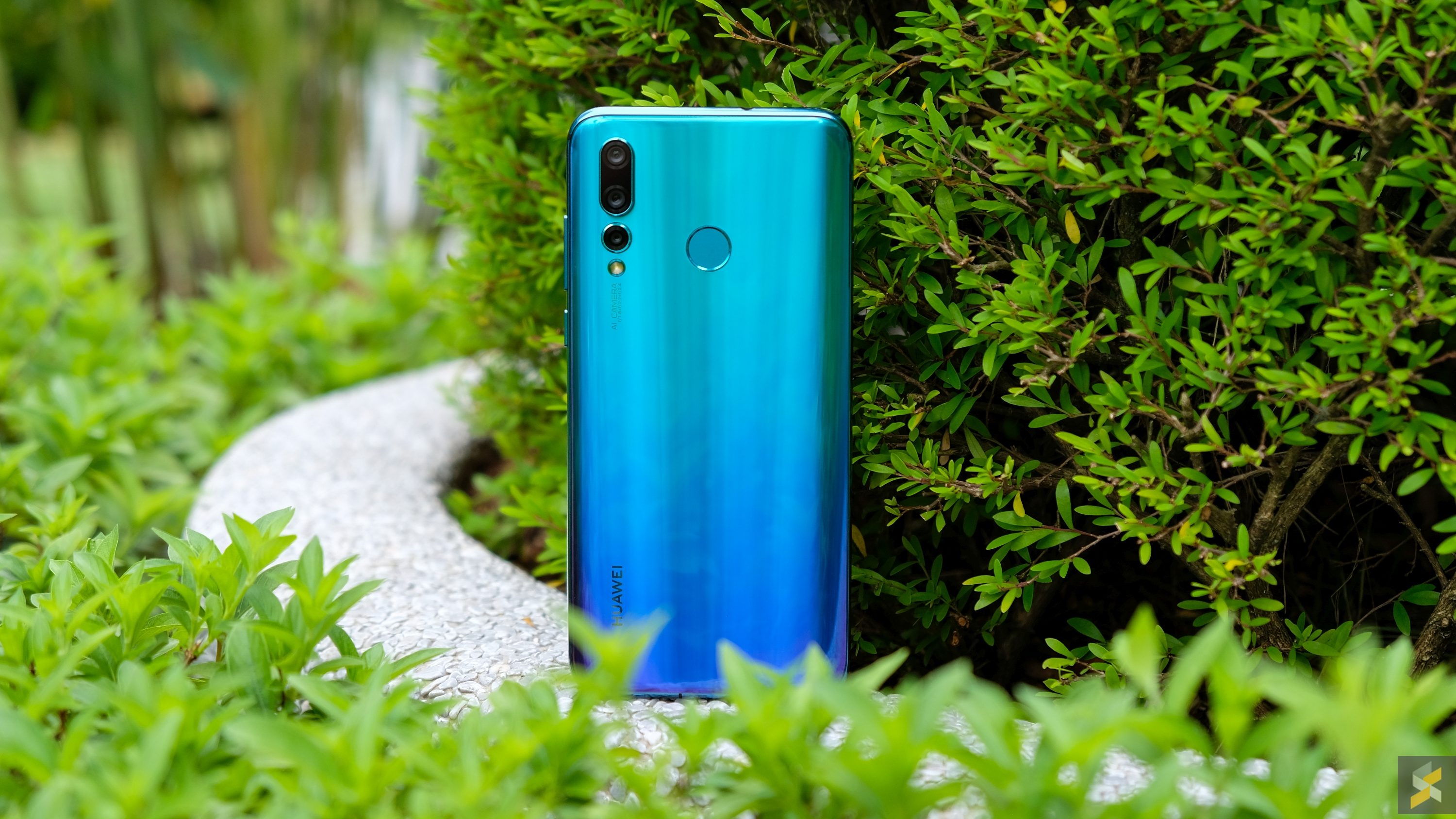
One of the things a lot of people liked about the previous Nova 3 was its excellent spec sheet. It was basically a flagship smartphone as it packed Huawei’s best processor (at the time) and a generous memory configuration. It also sported a pretty twilight-y look that’s very reminiscent of the company’s flagship P and Mate series.
If those are things that you find attractive about the Nova 3, then the Nova 4 should be right up your alley. It still features the same flagship-class Kirin 970 processor, but ups the memory configuration to a healthy 8GB of RAM and 128GB of internal storage. Nova 4 also keeps the fairly large 3,750 mAh battery from its predecessor, which is always good news.
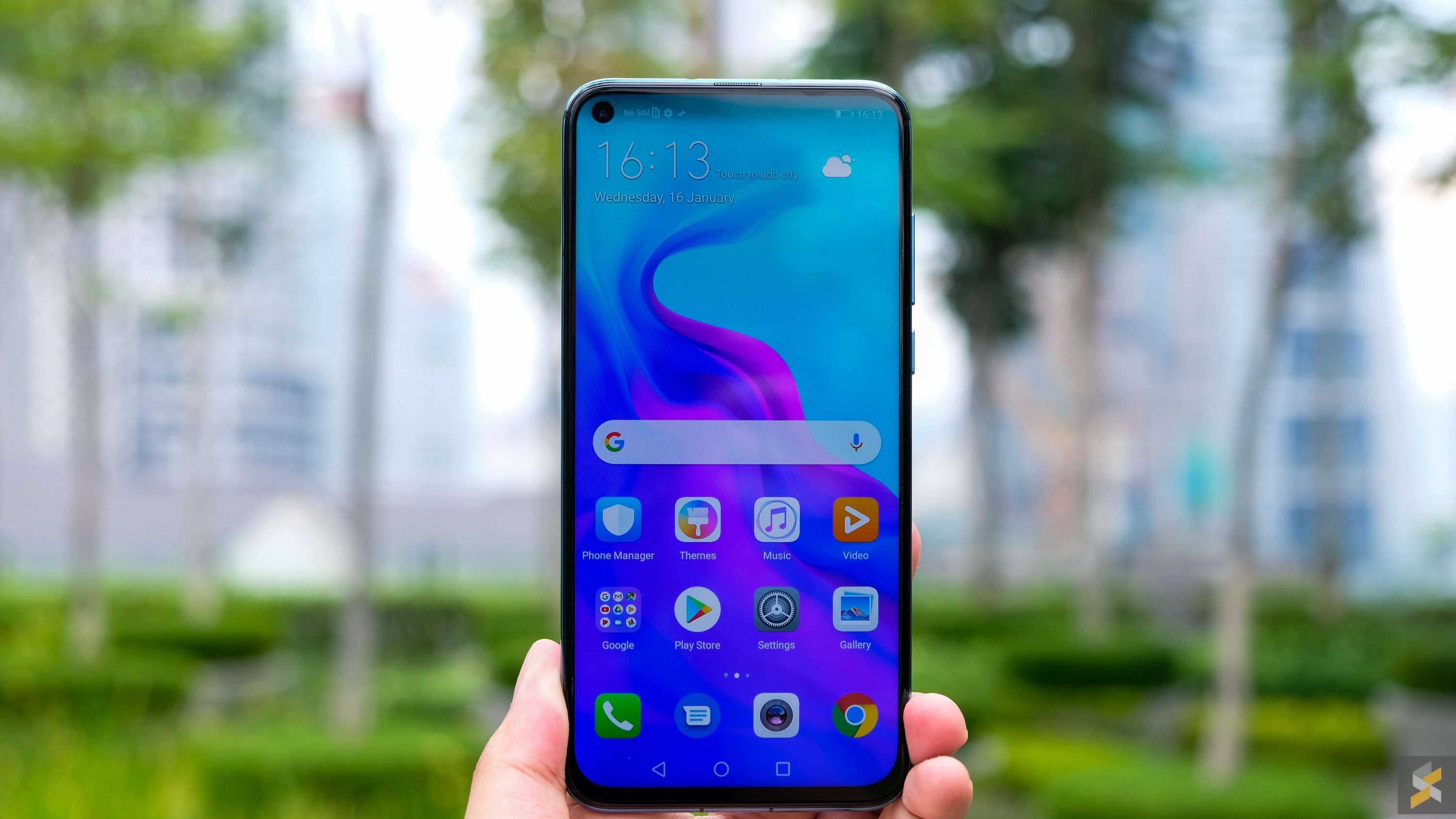
However, if you treat this smartphone as something Nova 3 users could upgrade to, you might be a little disappointed to find that there really isn’t much of a difference between the two devices when it comes to performance and storage. Sure, the slight bump in RAM is good, but the Nova 4 doesn’t come with Huawei’s current flagship Kirin 980 processor, which is a little disappointing. Realistically, I don’t think you’ll notice a huge performance difference between the two SoCs in your common daily usage scenarios, but I think a lot of us were expecting at least a Kirin 980 in the Nova 4.
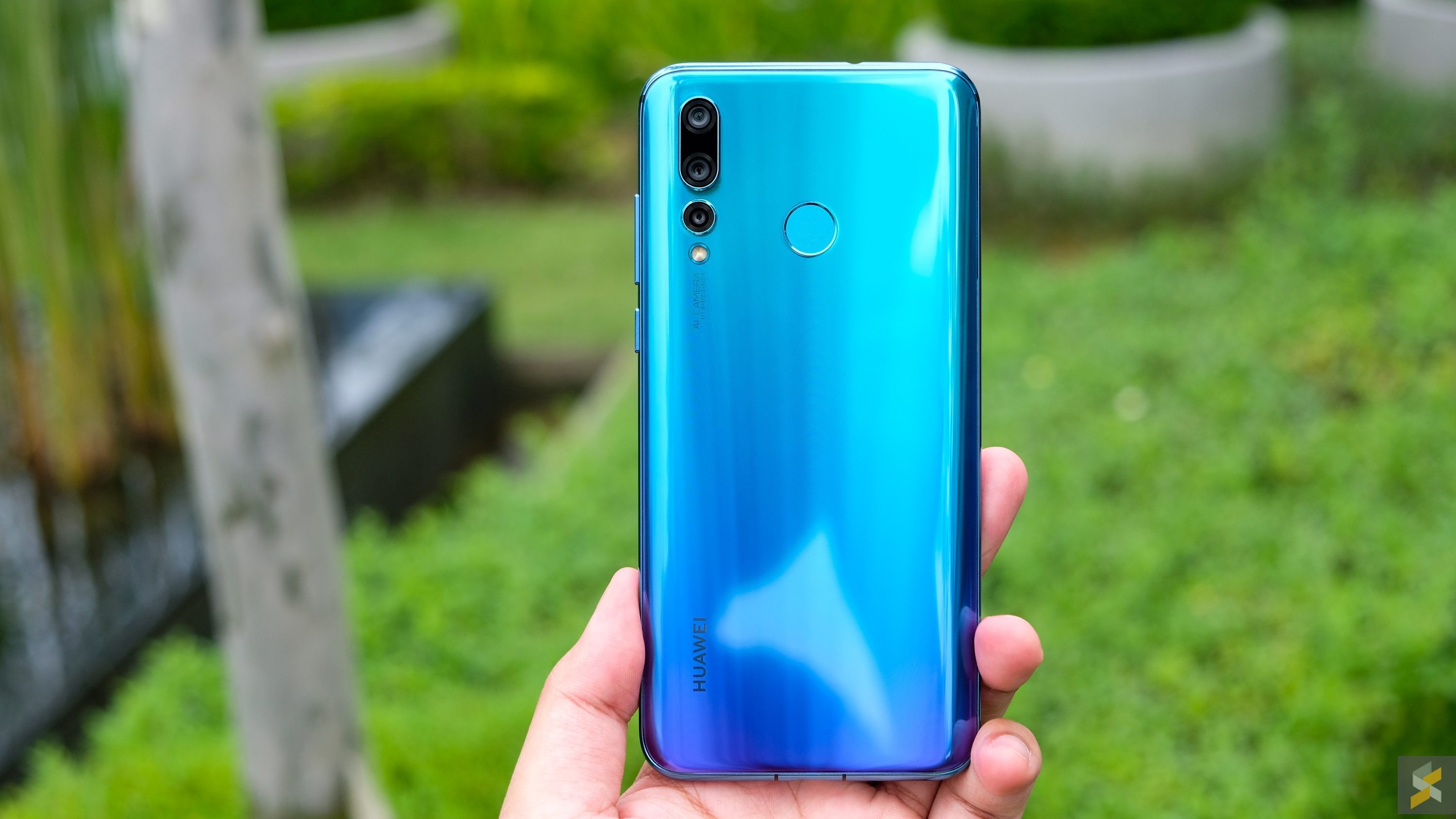
On the bright side, the Nova 4 does retain the pretty, glossy exterior of the Nova 3. It’s also nicely curved and pretty well put together. The metal band around the device is glossy, but I think that does a nice job at elevating how the device feels in your hand. There’s also a rear-mounted fingerprint scanner in a comfortable spot, so I don’t really have complaints about its ergonomics. I would have liked a little more heft, but I also know many of you like light phones. They do hurt less when they fall on your face after all.
That being said, the Nova 4 isn’t just a Nova 3 with a little more RAM — there are a couple of significant changes in other aspects of this smartphone. And, if you’ve been looking at the photos, the most obvious one is the new display.
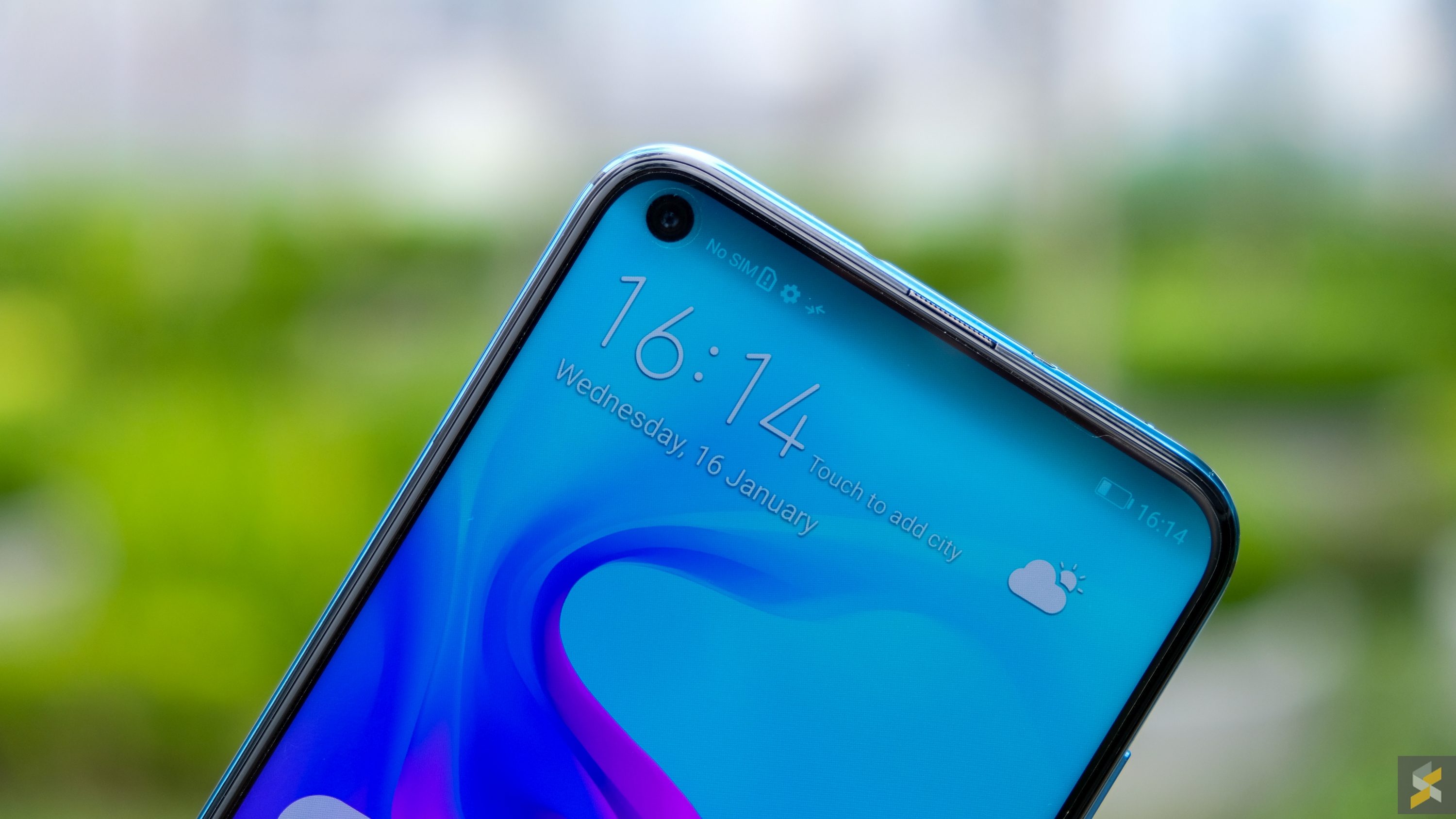
Gone is the notched 6.3-inch Full HD+ display and in its place you’ll find a 6.4″ Full HD+ display that comes with a punch-hole camera module. What that means is, instead of having an entire cutout at the top like the notches of old, the selfie camera now only occupies a small circle in the top left of the device that kind of looks like a hole was punched in the screen. It doesn’t take up too much space — maybe a little more than a single notification icon — and is certainly less obtrusive than a full on bathtub notch.
However, it is something to get used to. I personally never had a problem with the notch, but for some reason I find this layout more unsettling. It looks almost like a clump of dead pixels, and I don’t like the way it shifts all my notifications about a centimetre to the right. That said, it’s probably just because I’m not used to a display like this just yet, and I believe I’ll grow to forget about it pretty soon.
It is worth noting that because of this punch-hole camera, the smartphone no longer features dual selfie cameras at the front, which brings us neatly into the next big difference: The cameras.
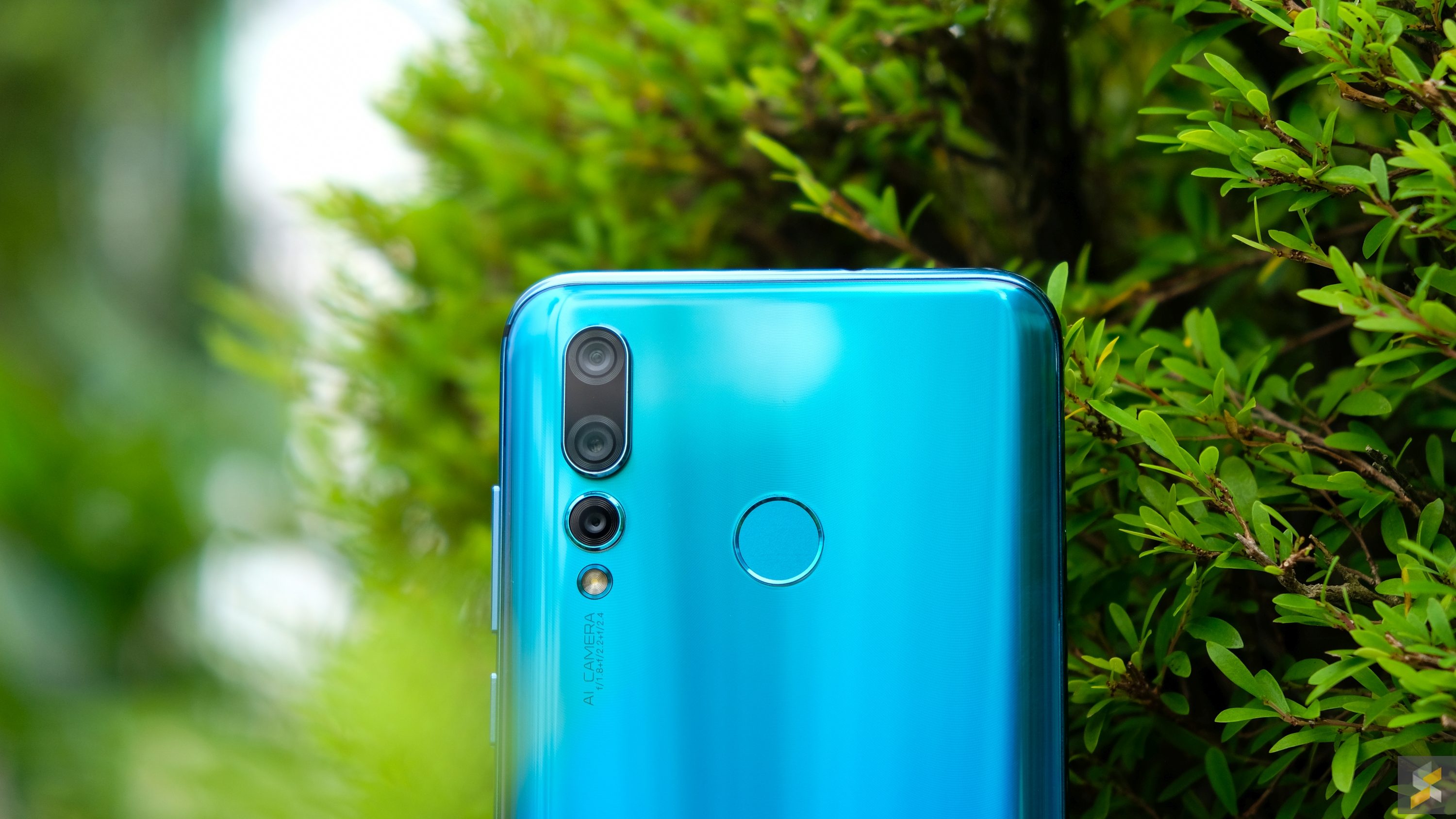
Now, you’ll be greeted with a 25MP selfie shooter in that little punch hole, which I guess isn’t too bad because you’re not giving up a bunch of megapixels for this new display tech. But, the biggest change lives around back. Instead of your dual camera setup on the Nova 3 (one colour, one monochrome), you’re getting a triple camera setup instead. There’s the main 20MP f/1.8 aperture main wide-angle camera, a 16MP f/2.2 ultra-wide-angle and a third 2MP f/2.4 aperture camera for depth effects.
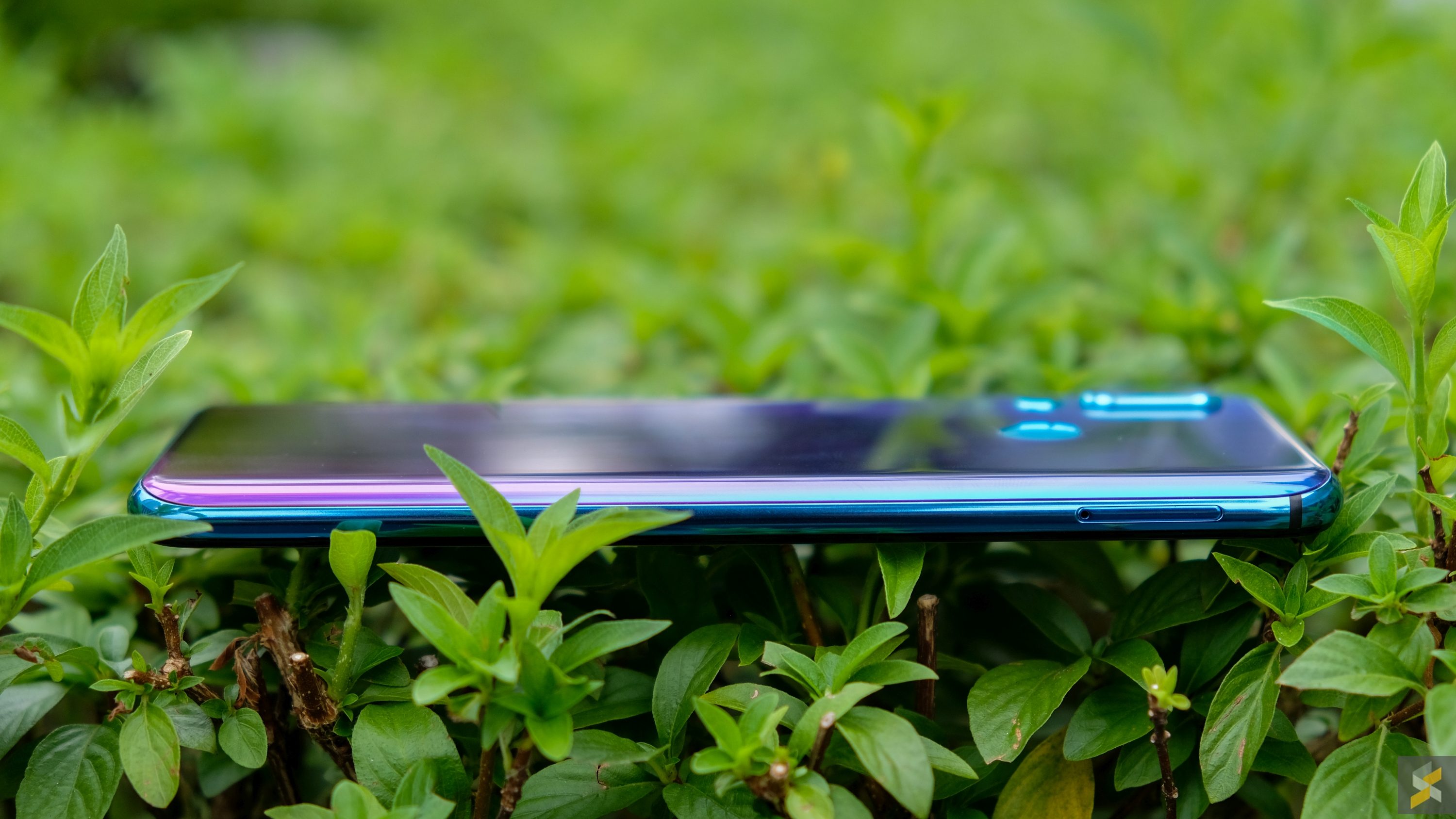
I can’t really tell you how good the cameras are because I haven’t really had the chance to shoot with them, but I will say that I love the addition of an ultra-wide camera. Of all the multi-camera implementations I’ve seen so far, the ultra-wide has always been the most practical one to me. You can always digitally zoom in, but you can’t digitally zoom out wider than your main camera’s lens will allow.
Despite this, I already know a lot of you will probably be disappointed at the fact that Huawei Malaysia didn’t launch the Nova 4 variant with the 48MP sensor. I’m not quite sure why they didn’t do it, because they didn’t specify, but there is a chance that they could bring this version into our market a little later.
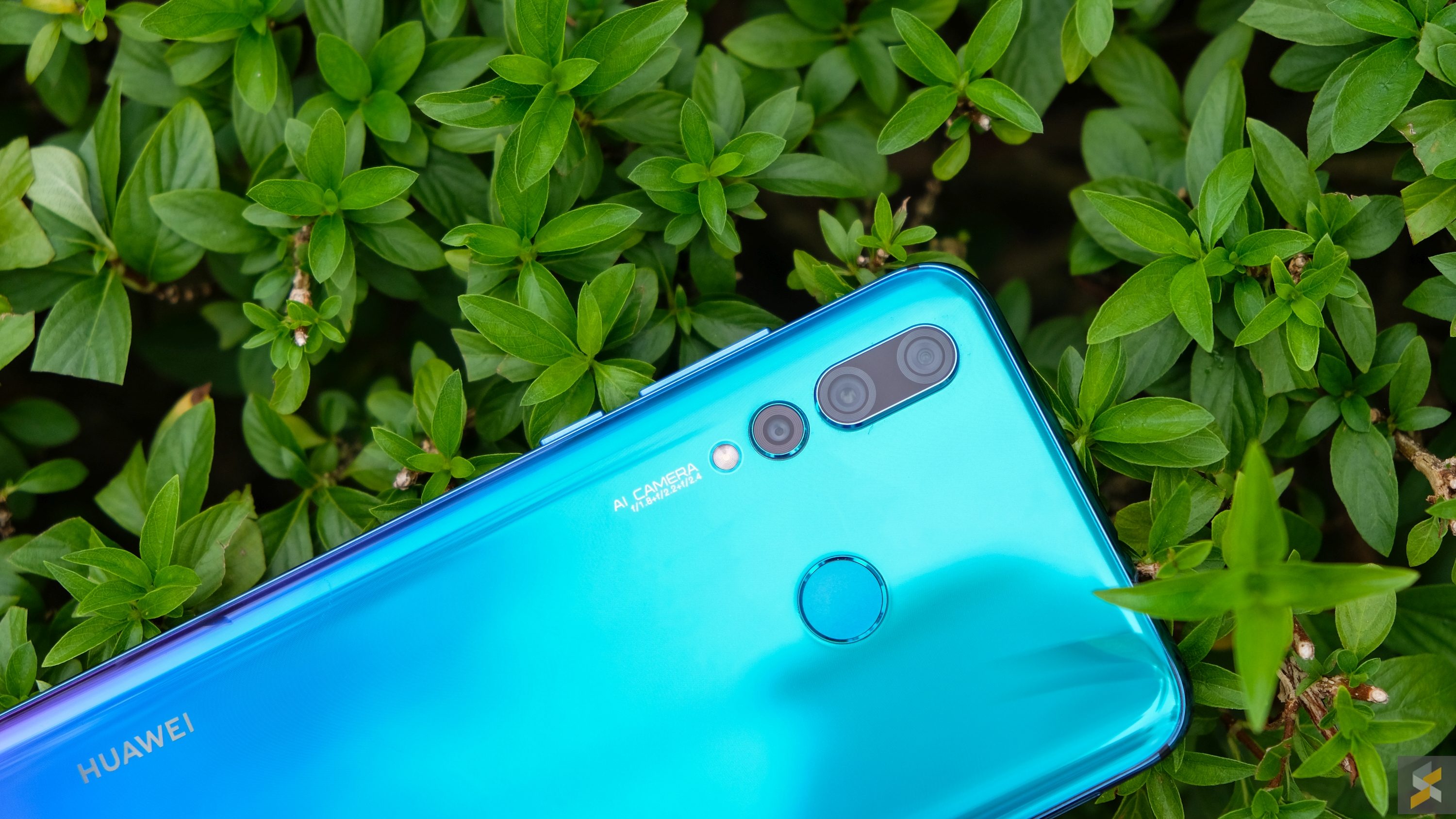
So, does the Huawei Nova 4 live up to expectations? Well, I guess that depends on your expectations. If you were looking forward to a Kirin 980 processor, then the Nova 4 isn’t going to cut it for you. It does bring a lot of new to the table, while maintaining a lot of what we liked from the Nova 3, but I don’t really know if this is a phone worth upgrading to if you’re coming from the Nova 3. Unless you really wan’t that punch-hole display and triple camera setup, your Nova 3 should perform about the same.
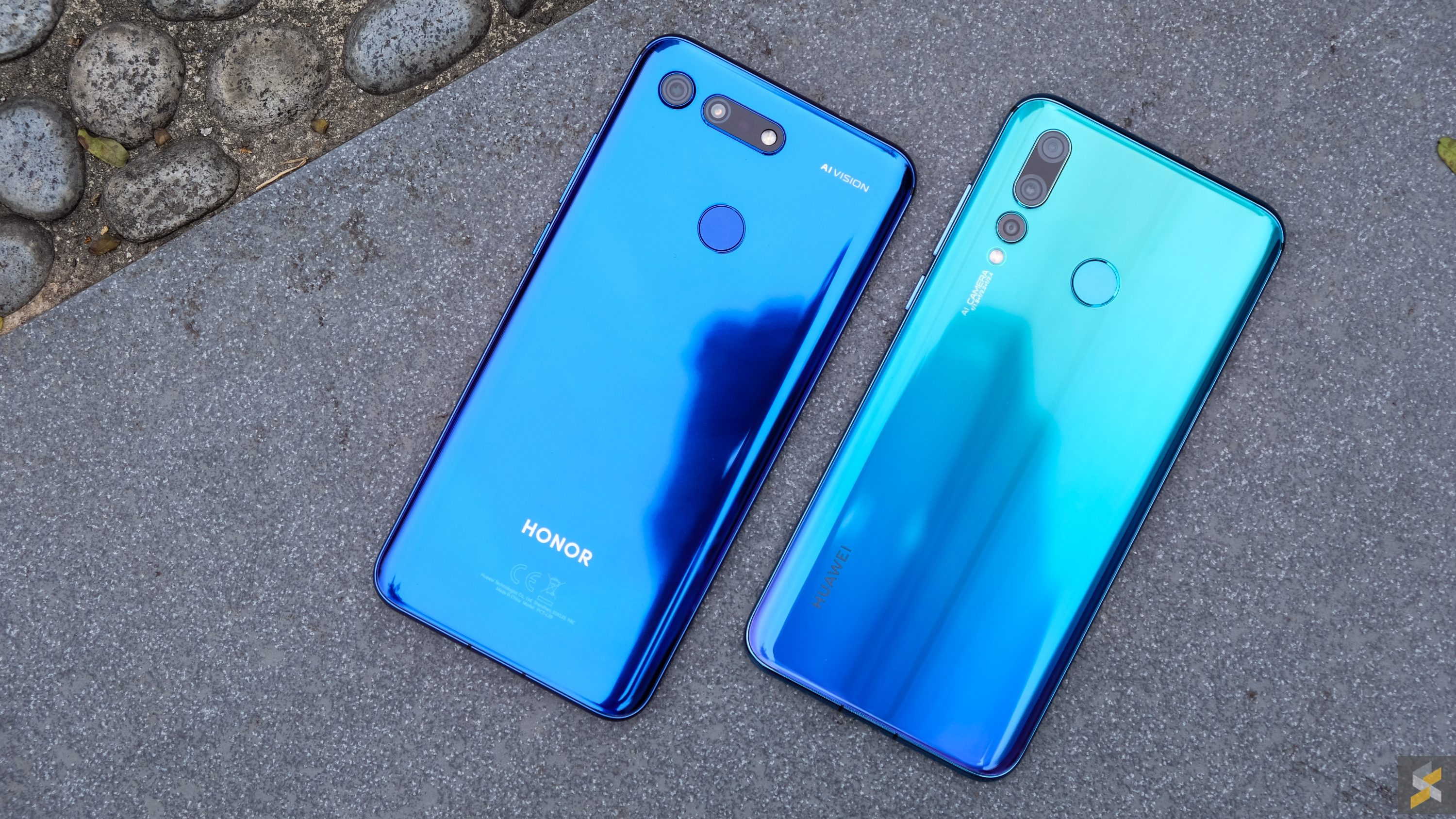
In fact, if you really want that punch-hole display, there is another phone coming out at the end of this month that also features the same kind of display. It’s the Honor View 20 and honestly, they feel remarkably similar. The biggest difference is that the View 20 trades the triple camera for a dual camera — with a 48MP main sensor and Time of Flight sensor — and it also comes packing a Kirin 980 SoC to boot. That phone will be launching next week, so the good news is that you’ll be able to see what that phone as in store — and how much it will cost — before making your decision.
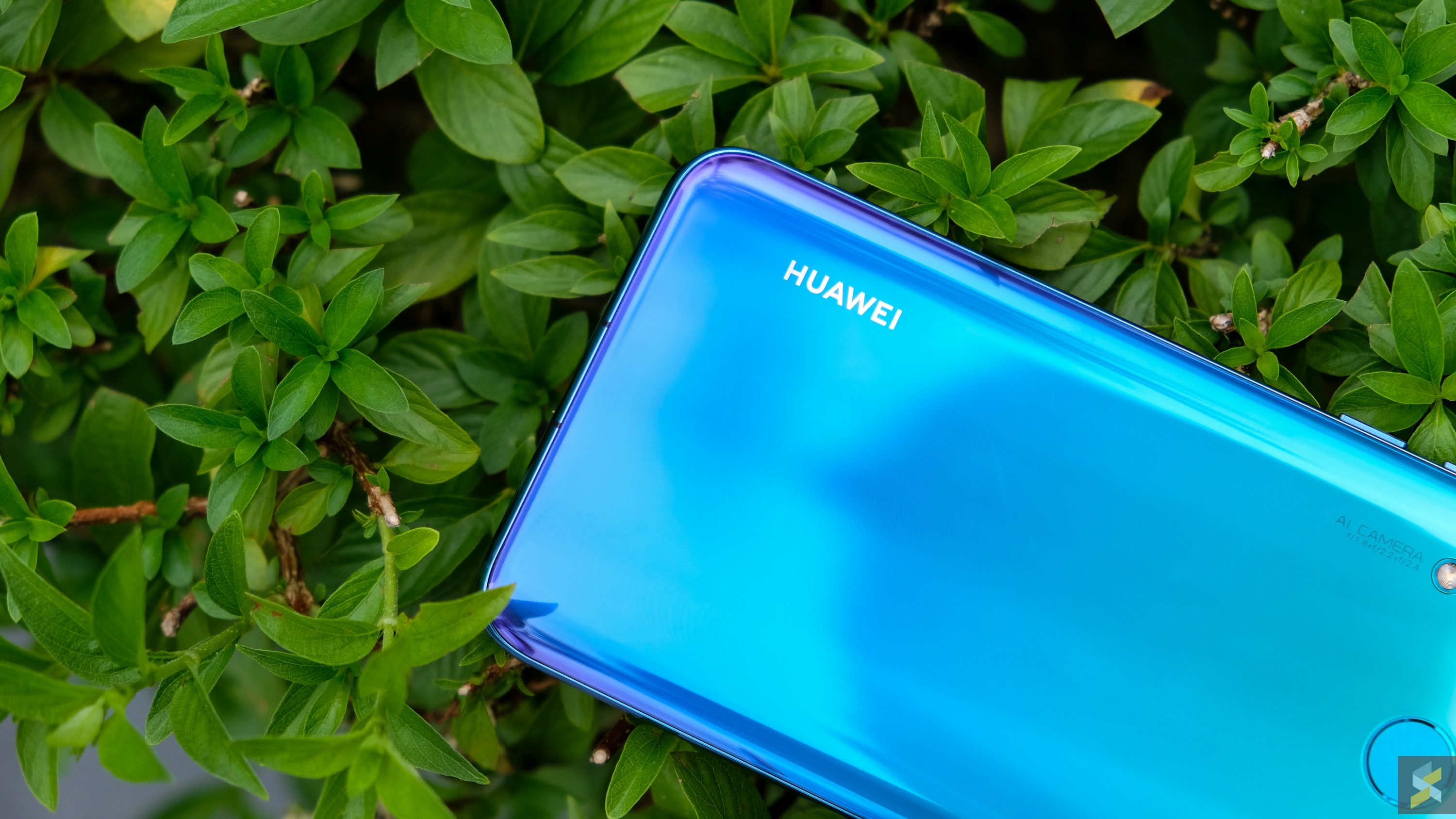
Huawei’s Nova 4 is priced at RM1,899 and will come in two colours, Crush Blue and Black. It will be available at all authorised Huawei retailers — and through Digi and Maxis — beginning the 14th of February 2019.
What do you think of the Nova 4? Let me know in the comments below.
Photography by Rory Lee with the Fujifilm X-T20.

